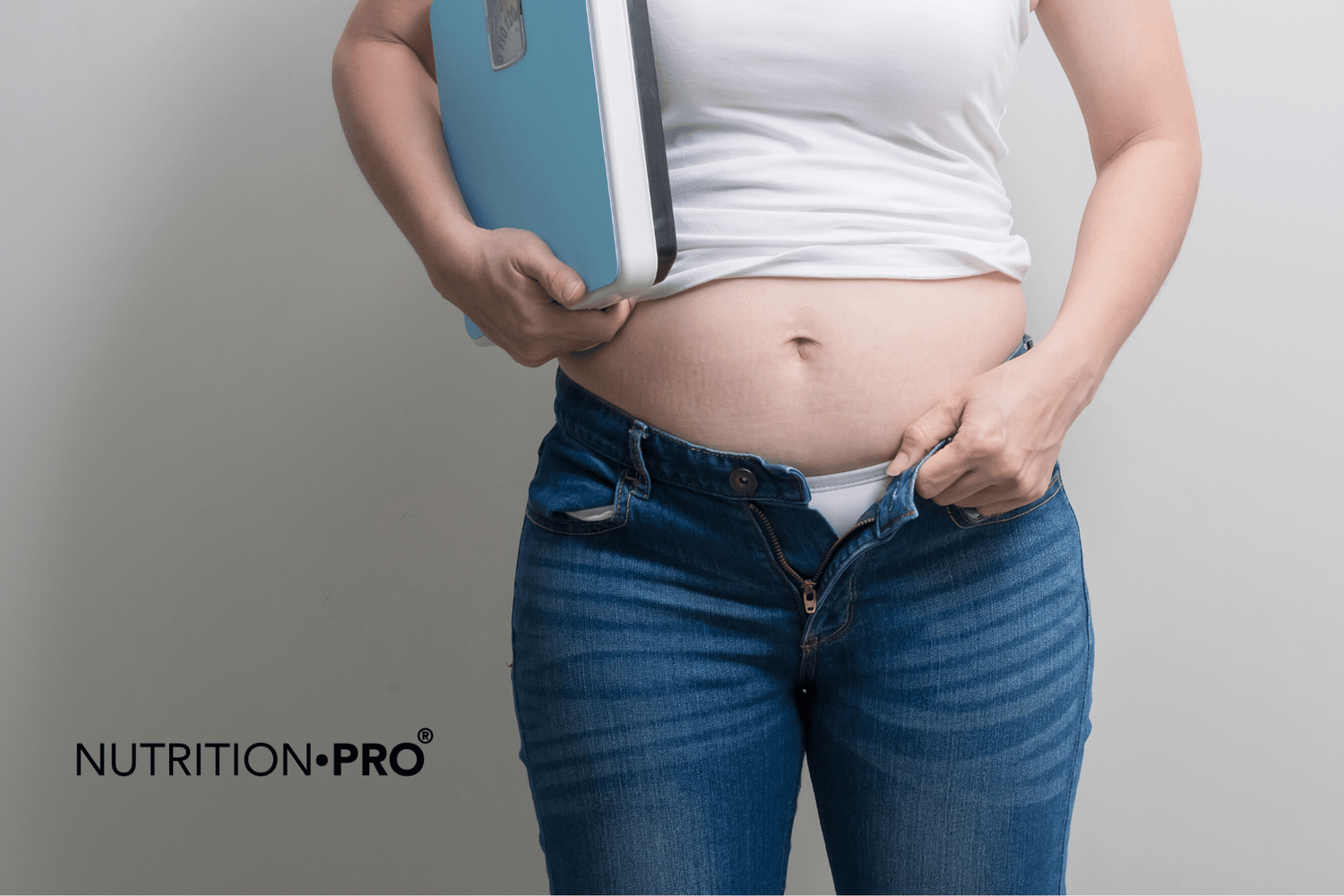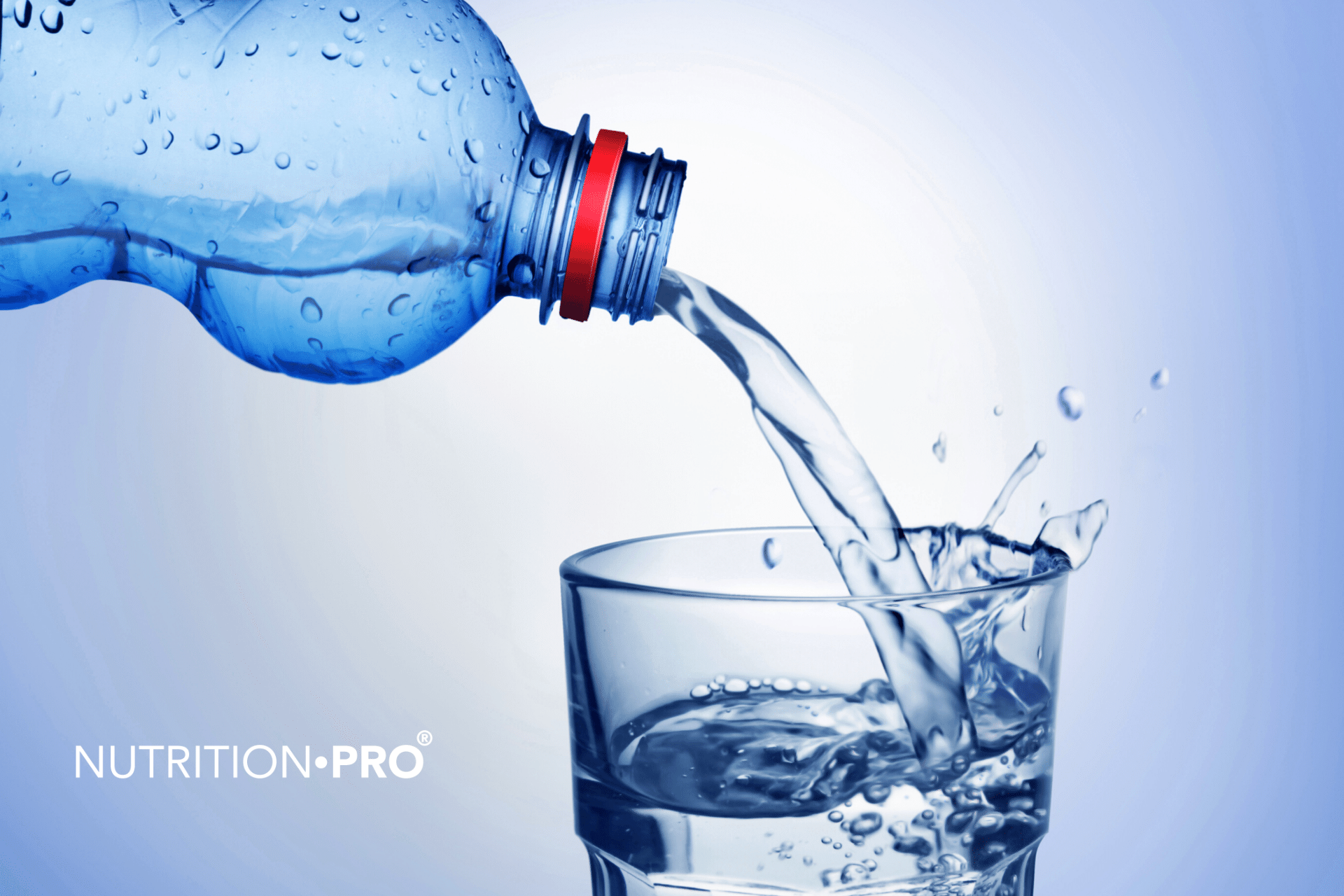Healthy nutrition is essential, since obesity is one of the main public health problems in the world, many people seek to lose weight .
Yet, there is a lot of confusion surrounding the fat loss process.
This article examines what happens to fat when you lose weight .
How Fat Loss Works
Excess energy consumed - usually calories from fat or carbohydrates - is stored in fat cells as triglycerides. This is how your body conserves energy for future needs.
Over time, this excess energy leads to a excess fat which can affect your body shape and health.
To promote weight loss and slim down , you need to consume fewer calories than you burn. This is called a calorie deficit .
Although it varies from person to person, a daily deficit of 500 calories is a good way to start seeing noticeable fat loss .
By maintaining a constant calorie deficit , fat is released from fat cells and transported to the energy-producing machinery of your body's cells called mitochondria. Here fat is broken down through a series of processes to produce energy.
If the calorie deficit persists, your body's fat stores will continue to be used for energy, leading to a reduction in body fat.
Nutrition and exercise are essential
The two main promoters of fat loss are nutrition and exercise .
A sufficient caloric deficit causes fat to be released from fat cells and used as energy.
Exercise amplifies this process by increasing blood flow to muscle and fat cells, releasing fat to be used for energy in muscle cells at a faster rate, and increasing energy expenditure .
To promote weight loss , the WHO recommends practicing at least 150 minutes of moderate-intensity endurance activity or at least 75 minutes of sustained-intensity endurance activity per week, or an equivalent combination. moderate and vigorous intensity activity.
For maximum benefit, this exercise should be a combination of resistance training to maintain or increase muscle mass and aerobic exercise to increase calorie burning .
Common resistance training exercises include weight lifting, bodyweight exercises, and resistance bands , while examples of aerobic exercises include running, cycling, cardio as a general rule, or the use of resistance bands. an elliptical machine.
When calorie restriction and a nutrient rich diet are combined with an appropriate exercise regimen, fat loss is more likely to occur, as opposed to using diet or exercise alone .
Where do the fats go?
As the fat loss process progresses, fat cells significantly shrink in size, leading to visible changes in body composition .
By-products of fat loss
When body fat is broken down into energy through complex processes within your cells, two major by-products are released - carbon dioxide and water.
Carbon dioxide is exhaled during respiration and water is eliminated through urine, sweat or exhaled air. The elimination of these by-products is significantly elevated during exercise due to increased respiration and perspiration .
Where do you lose fat first?
Generally, people want to lose weight from their stomach, hips, thighs and buttocks.
Although the one-time reduction or weight loss in a particular area has not been shown to be effective, some people tend to lose weight and lose weight in certain areas faster than others .
That said, genetics and lifestyle factors play an important role in body fat distribution .
Also, if you have a history of weight loss and weight regain , body fat may be distributed differently due to changes in fat cells over time .
Why is it so hard to maintain weight?
When you eat more than your body can burn, fat cells increase in size and number .
When you lose fat , those same cells can shrink, even though their numbers stay about the same. Thus, the main reason for changes in body shape is the reduced size – not the number – of fat cells .
It also means that when you lose weight , the fat cells remain present and if no effort is made to maintain the weight loss , they can easily grow back in size. Some studies suggest this may be one reason why maintaining weight loss is so difficult for many people .
fat loss timeline
Depending on how many pounds you want to lose, the length of your fat loss journey can vary greatly.
Rapid weight loss has been associated with several negative side effects, such as micronutrient deficiency, headaches, fatigue, muscle loss, and menstrual irregularities .
As such, many advocate a slow, gradual rate of weight loss , as it is expected to be more sustainable and may prevent weight regain. However, limited information is available .
That said, if you have a significant amount of fat to lose, a faster approach may be warranted, while a gradual approach may be more appropriate for those with less fat to lose.
The expected rate of weight loss varies depending on the aggressiveness of the nutritional weight loss program .
For people who are overweight or obese, weight loss of 5-10% of your starting body weight in the first 6 months may be possible with comprehensive lifestyle intervention including diet, physical activity and behavioral techniques .
Certain other factors affect weight loss , such as gender, age, the extent of your calorie deficit, and the quality of sleep . Also, some medications can affect your weight. It is therefore advisable to consult your healthcare professional before starting a fat loss regimen .
Once you have reached your desired body weight, your calorie intake can be adjusted to maintain your weight . Remember that it is important to continue exercising regularly and eating a balanced , nutritious diet to prevent weight gain and promote overall health.
The essential
Fat loss is a complex process influenced by a number of factors, with nutrition and physical activity being two of the main ones.
With a sufficient caloric deficit and an appropriate exercise regimen, fat cells shrink over time as their contents are used for energy, which improves body composition and health.
It is important to consult your health care provider before beginning your weight loss journey to avoid any potential negative side effects.















